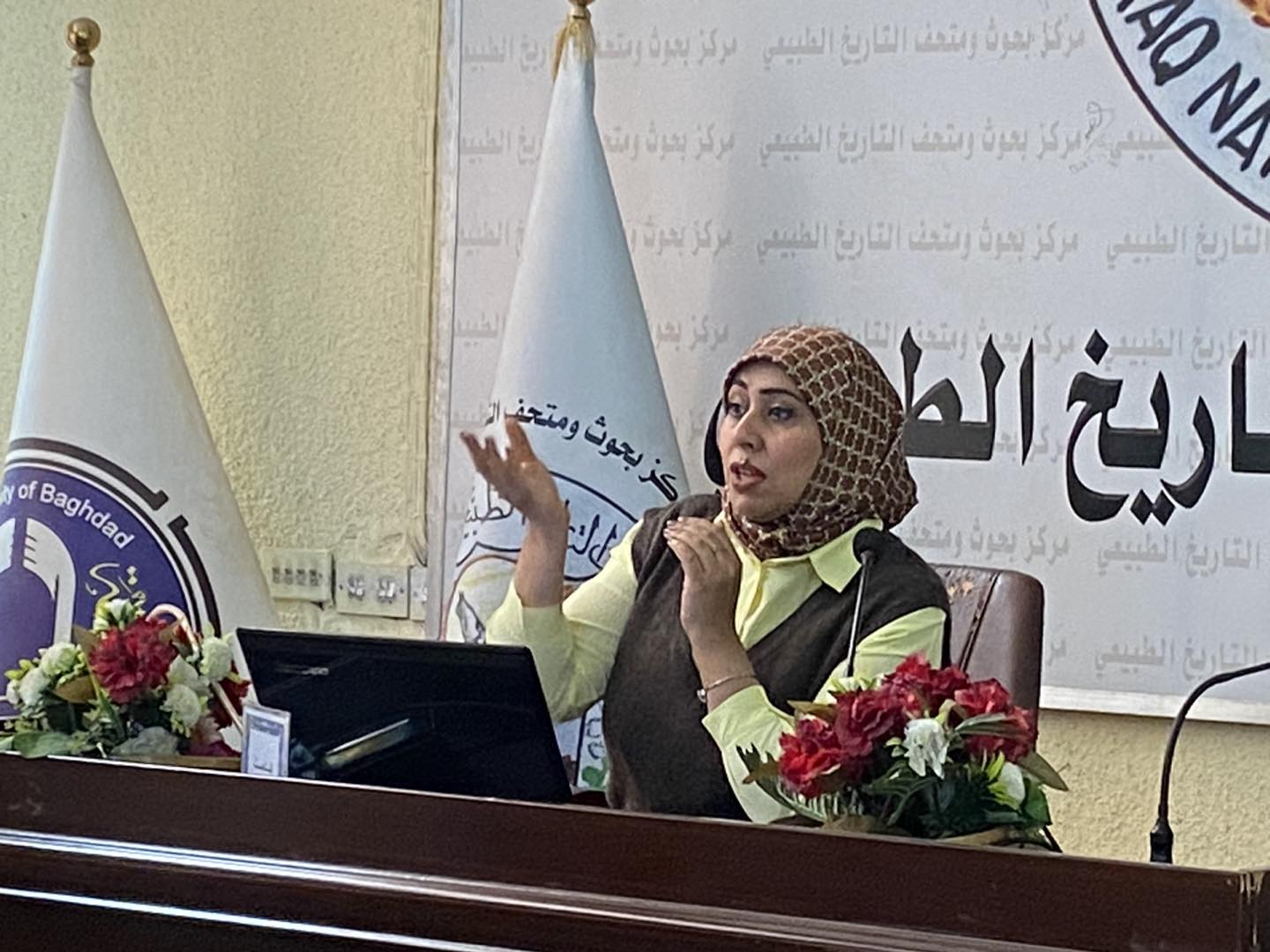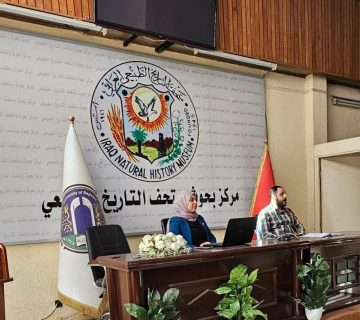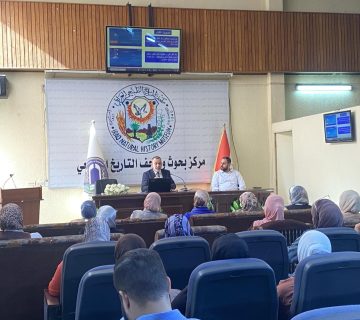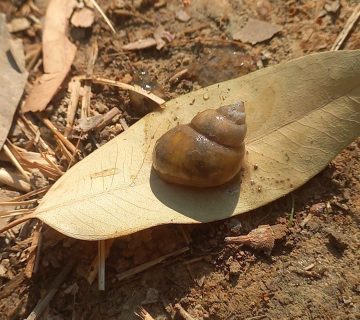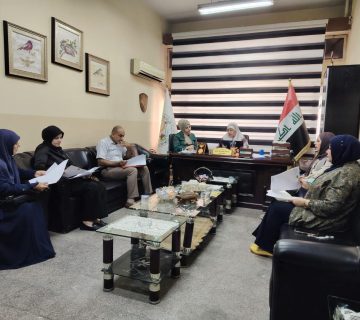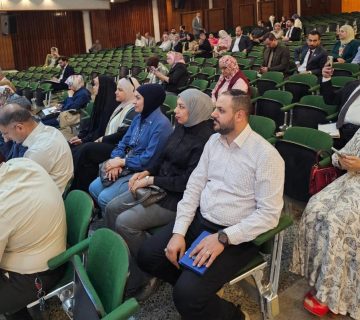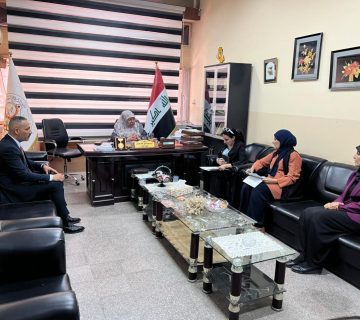Our hearts, tirelessly pumping and powering, are marvels of evolution. As part of our ongoing scientific exploration, our center recently hosted a fascinating workshop delving into the intricate intricacies of fetal heart development and the potential challenges that can arise. Led by Nour Hussein Youssef, the presentation titled “Embryonic development of the heart and the birth defects that may result with it” shed light on this remarkable organ’s origin story and the delicate dance it must perform within the womb.
The Heart’s Humble Beginnings:
Nestled beneath the rib cage, tilted to the left like a shy dancer, the heart might seem like a complex enigma. But its early journey begins with surprising simplicity. Evolutionary and paleontological evidence suggests that the heart, in its first iterations, was a much less sophisticated affair. Think of it as a modest flicker of movement, a primitive pump responsible for basic energy circulation in primordial creatures. Over time, this flicker blossomed into a symphony of sophisticated proteins and intricate structures, evolving into the powerhouse we know today.
From Four Chambers to Four Walls:
This fist-sized wonder packs a tremendous punch. Every day, it tirelessly beats over 100,000 times, delivering nearly 2,000 gallons of life-giving blood. But before it becomes this champion of circulation, the fetal heart takes an incredible journey. In the early stages of development, just four weeks into pregnancy, a tiny tube emerges, eventually splitting into four chambers and equipped with four essential valves. Walls form, septums divide, and a delicate orchestra of electrical signals takes the stage, conducting the rhythm of life.
The Delicate Dance and Potential Challenges:
While the heart’s development is meticulously choreographed, sometimes complications can arise. Birth defects, often occurring during the first trimester, can affect various aspects of this intricate dance. Septal defects, holes in the walls between chambers, can disrupt blood flow. Valve malformations can impede proper pumping. Understanding these challenges and their causes is crucial for early diagnosis and intervention, potentially guiding future treatment and improving outcomes for affected children.
Conclusion:
Our hearts, from their humble origins to their complex present, are testaments to the wonders of evolution and the delicate balance of life. By understanding fetal heart development and its potential challenges, we can better ensure that every newborn’s first beat resonates with strength and hope. The journey of scientific exploration, exemplified by workshop assistant lecturer Noor Hussein Youssif, paves the way for a future where every fragile heart can blossom and thrive.

